There is no doubt that Americans are deeply divided and more polarized than ever. Many have tried to understand the source of those divisions, variously ascribing them to economic forces, cultural divisions, or media echo chambers. American pollsters have found it challenging to accurately gauge voting preferences in our most recent elections. But few of them have tried to ask new questions that might provide insights into why Americans vote the way they do. Fortunately, those working on The Economist/YouGov weekly surveys, have done so. The result is not only a new way of understanding the attitudes of the American electorate, but a new framework for understanding what needs to be done by everyone involved in our civic life to restore Americans’ faith in the future of their democracy.
The Economist/YouGov poll finds that Americans are divided into two political camps because of two very different worldviews competing for dominance in today’s America.
Individuals who hold the darker view of the world see threats to their safety everywhere and place the highest priority on government action to protect them from these perceived dangers. Individuals who hold a brighter view see the world as a place full of wonder with inherently good people living in it and want us all to become better connected.
The degree to which these worldviews define political partisanship can be seen in Figure 2, which shows data from the most recent The Economist/YouGov poll on this issue, conducted online right before Super Tuesday.
It is also clearly represented in the same survey’s results, broken down by gender, race/ethnicity, and age, with voters under 45 most likely to hold a brighter view of the world than older ones.
Right now, Americans are almost evenly divided between holding one of the two competing worldviews. Forty-five percent believe in a in a brighter world; 42% have a darker perspective. This is reflected in the close race between the lifelong optimist, President Joe Biden, and the prophet of American carnage, Donald Trump.
However, of potentially greater concern to Democrats is that the gap between the two viewpoints has narrowed since June 2023 among every demographic and political segment, particularly among seniors, Democrats, Black voters, and liberals.
The large movement among seniors may be a reaction to the rapid changes in American culture that Florida Governor Ron DeSantis tried to exploit in his presidential campaign—only to discover that it was less of a concern to a younger and more diverse American population elsewhere. The 8% to 10% shift among key Democratic leaning groups may reflect their anxiety over the possibility that Trump might return to the presidency.
No matter the explanation, the Biden campaign clearly recognizes the threat these trends pose to his re-election. The president ended his highly praised State of the Union speech by defining his opponent as someone with “the oldest ideas—hate, revenge, and retribution,” while offering a set of new ideas that focused on creating a more connected community by defending democracy, restoring reproductive choice, making the tax code fairer and dealing with climate change. “Above all,” he said, “I see a future for all Americans… because I believe in you, the American people. You’re the reason we’ve never been more optimistic about our future than I am now.”
But his optimism faces strong headwinds, not just from extreme politicians on both sides of the political spectrum, but from the American media as well. Producers of local television’s nightly news continue to follow the old media dictum that “If it bleeds, it leads” by showing stories about crimes and disasters first in their lineup every night. Cable news networks spend their entire day belittling the beliefs and behaviors of political candidates from across the political chasm they and their talk radio allies have helped to create. Newspapers, from the supposedly staid New York Times to Los Angeles’s more tabloid-like Daily News, desperately try to hang on to readers by shouting “the sky is falling” in every headline, while relegating stories that show the sun is shining to the back page, if they print them at all. Given the availability of negative content in both traditional and social media, it is remarkable that younger voters are consistently more optimistic about the future than older generations.
The tone of economic news reporting is especially important politically in terms of its impact on how people see the world. Studies show the coverage has moved consistently in a more negative direction since 2018, especially since President Biden’s election, creating a “negativity gap” between what economic data suggests should be people’s perceptions of the economy and how they respond to pollsters. A new analysis suggests that negative coverage has more of an impact on how people say they feel about the economy and its direction than it does on how they perceive their own finances. This helps explain why consumers continue to spend money even as they give President Biden negative marks for his handling of the economy. It also contributes to the overall trend of a more pessimistic electorate.
As polarization continues to define American politics, we need to ask ourselves new questions. The Economist/You Gov poll does just that.
The Brookings Institution is committed to quality, independence, and impact.
We are supported by a diverse array of funders. In line with our values and policies, each Brookings publication represents the sole views of its author(s).

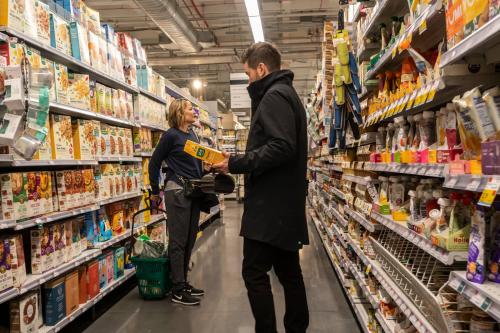
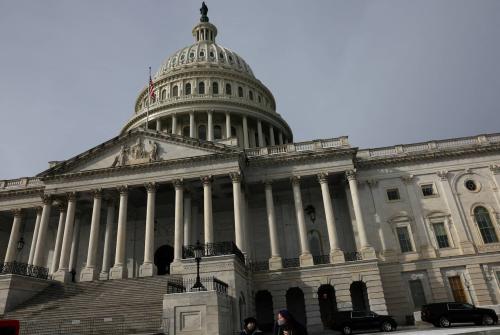

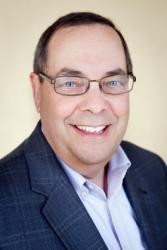
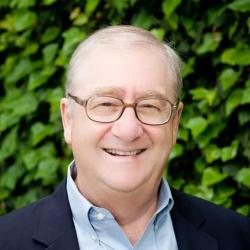

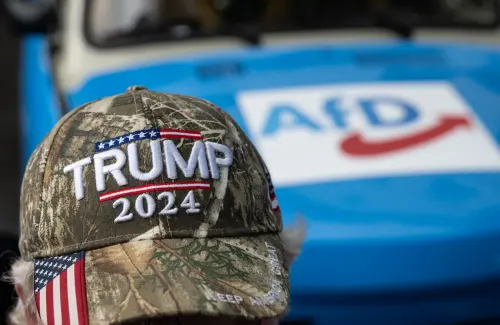
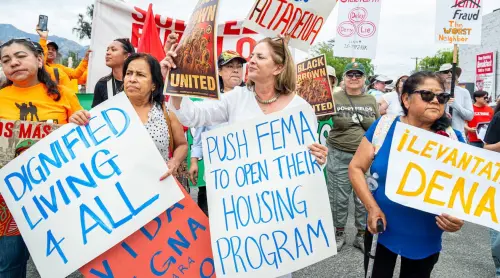
Commentary
When worldviews collide: America’s 2024 election
March 28, 2024